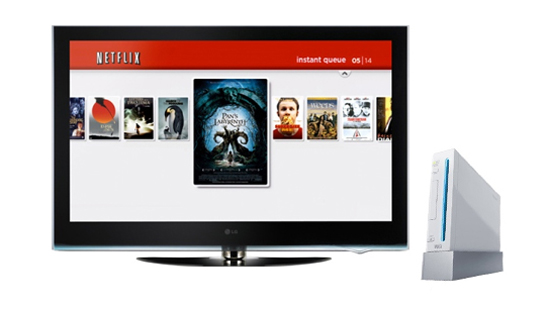 Supporting diversity is a method of increasing the value of technology in education. Acquiring resources and developing strategies that offer equal access for gender, cultural, and
Supporting diversity is a method of increasing the value of technology in education. Acquiring resources and developing strategies that offer equal access for gender, cultural, andsocioeconomic diversities is a critical component of a tolerant classroom. Therefore, I search for methods and digital media to support individual differences.
Regarding gender differences, girls and boys receive alternatives to performance tasks such as selecting a digital tool for written expression. Thornburg (2010) warns that educators must address gender equity to ensure that all students have access to tools that initiate and encourage creativity. Cultural sensitivity means including culture-rich text and images to expose students to diverse traditions. Projects regarding cultural heritage as well as incorporating stories, discussions, and experts from other backgrounds helps students understand and respect different perspectives. Finally, socioeconomic status is a significant issue in my organization as the majority of students come from low income, single parent families. My responsibilities to address this need involve providing numerous multimedia opportunities to expose students to digital literacy including typing, browsing, and presenting information.
Overall, to make technology valuable, I must stay proactive in using emerging technologies to create a respectful environment where students openly experience various perspectives. Closing the digital divide re
 quires equal access to global citizenship (Dyson, 2011). By integrating educational technology into daily routines, students connect to globalization and understand the power of the web regardless of gender, culture, or socioeconomic issues. This discovery will sustain global participation as students accept and use the opinions of others to build and share personal perspectives. In the future, I would like to incorporate the use of cell phones as experts
quires equal access to global citizenship (Dyson, 2011). By integrating educational technology into daily routines, students connect to globalization and understand the power of the web regardless of gender, culture, or socioeconomic issues. This discovery will sustain global participation as students accept and use the opinions of others to build and share personal perspectives. In the future, I would like to incorporate the use of cell phones as experts suggest that this technology will close the digital divide (Nagel, 2011; Soloway, 2009). Until our school accepts cell phones as a learning tool, I will continue to explore the latest web-based innovations such as Google apps, wikis, and Moodle as appropriate tools for providing knowledge about technology as well as exploit authentic learning activities.
suggest that this technology will close the digital divide (Nagel, 2011; Soloway, 2009). Until our school accepts cell phones as a learning tool, I will continue to explore the latest web-based innovations such as Google apps, wikis, and Moodle as appropriate tools for providing knowledge about technology as well as exploit authentic learning activities.References
Dyson, L. (2011, February 15). How will gov 2.0 address the digital divide? [Web log comment]. Retrieved from http://codeforamerica.org/2011/02/15/how-will-gov-2-0-address-the-digital-divide/#
Nagel, D. (2011, February 1). Will smart phones eliminate the digital divide? [Web log comment]. Retrieved from http://thejournal.com/articles/2011/02/01/will-smart-phones-eliminate-the-digital-divide.aspx
Soloway, E. (2009). The digital divide: Leveling the playing field. Podcast retrieved from Laureate Education, Inc.
Thornburg, D. (Presenter). (2010). Diversity and globalism. In Emerging and Future Technology [DVD]. United States: Laureate Education, Inc.

